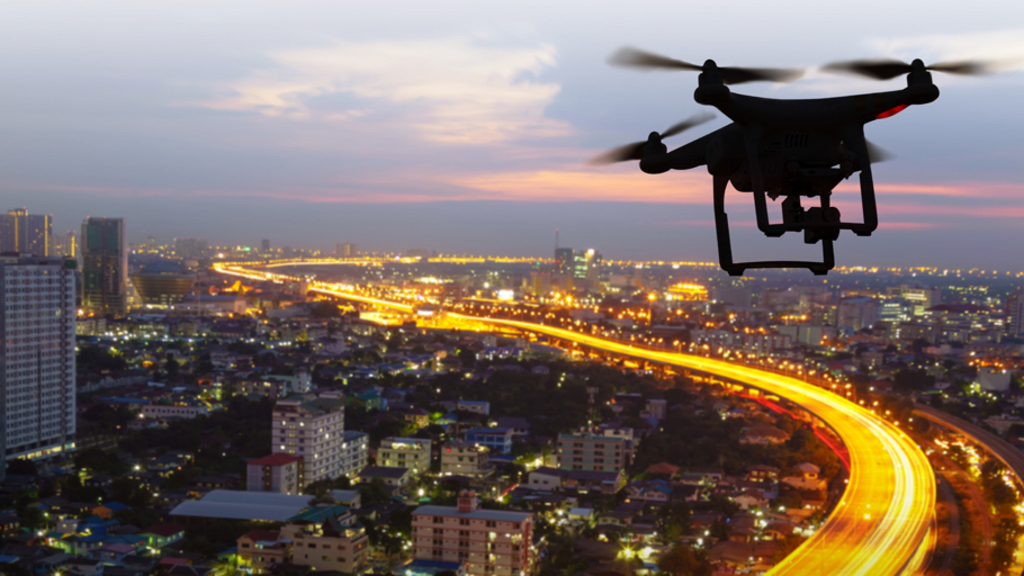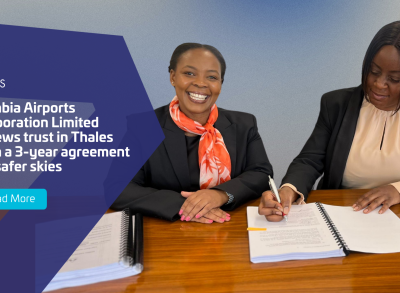UAS Traffic Management

How do we plan to cope with UAS traffic boom ?
The future of urban mobility needs safe and mature systems to integrate drones into the airspace
Just a few years from now, the skies above our cities will be busier than ever before. As unmanned air taxis and the use of drones to transport merchandise or medical supplies become more common, the number of aircraft over our heads every day is set to rise from hundreds to tens of thousands. In order to handle this boom in traffic safely, we need to develop further our management systems to integrate new vehicles in the airspace management and optimize air traffic controller activities.
Air-taxi trials are already underway in the U.S.,China or Dubaï, and industry experts expect the first unmanned passenger aircraft to come into service from 2023. Meanwhile, people are coming up with new applications for drones, from freight solutions to accident reporting, all the time.
“The first major challenge is how to integrate these new machines into the urban airspace which is already in use by helicopters and private planes, otherwise known as UTM (Unmanned Traffic Management),” according to Olivier Rea, head of UTM solutions at Thales. “The second is then how to integrate the new technology with the existing ATM (Air Traffic Management) systems.”
These new systems can be broken down broadly into three parts. Firstly, each aircraft needs to be identified and authenticated. Secondly, its flightpath through an urban environment must be secured, with measures taken to ensure the device is not hacked en route and avoids obstacles. And thirdly, emergency protocols are needed for when things go wrong, for example when an aircraft becomes “uncooperative”, or the radar breaks down.
In the first two cases, the technology needs to be able to track the aircraft’s position at all times and relay that information to the UTM centre. That requires a high level of machine-to-machine autonomy to enable the aircraft to communicate and react with each other. That is also why the 5G communications network will be essential for the new systems.
In the third case, ground-based systems, come into play, using radar and triangulation to detect and track non-cooperative aircraft.
“Non-cooperative doesn’t necessarily mean malicious,” explains Emmanuel Guyonnet, Strategy and Marketing Director, Drones and Helicopter Avionics at Thales. “They may just not be flying correctly, or emitting the wrong ID because of a fault.”
In other cases, a set of graduated solutions that aim to neutralise aircraft, such as drones not allowed in restricted areas for instance, can be deployed, ranging from hijacking and jamming to drone interception, shooting down with high-energy weapons and, ultimately, air defence systems.
A real opportunity
Economic and business models for the new systems are already in place and the technology is almost ready. For the time being it looks like there will not be a single, unique business model. Some towns will operate the systems themselves and others will sell concessions, in much the same way as we’ve already seen with terrestrial transport systems such as road and rail
There is still work to do on the legal and regulatory environment, with certification required for the tech and new rules to protect client privacy, and some related social and environmental issues - noise pollution, public perception and safety rules – need to be addressed. But things should progress rapidly thanks to global collaboration between the various players involved, from cities and regulators to operators and industry.
“We should transition to a system where one manager oversees several aircraft at any one time, compared with the one-to-one model favoured by traditional ATM. The new technology should make the aircraft easier to pilot and control, an important factor, given that pilot error can be a cause of accidents,” Guyonnet says..
Urban mobility of the future is not a risk but a real opportunity, given the social, economical and environmental benefits it can offer: for instance, drones can deliver medical supplies, in case of emergencies for hospitals, or in areas that are difficult to access.
Frank Matus - Director, ATC and Digital Aviation Solutions, Americas




